Case Studies
Influence Map
Veeva Systems
The Influence Map simplifies navigating the complex healthcare network by visualizing key affiliations and relationships, facilitating informed decision-making and strategic outreach.
Background
In the healthcare industry, which is really intricate, the way professionals and organizations interact is super important. It affects how information and resources move around. In this complex world, there are sales representatives from pharmaceutical companies who have a key role. They introduce new medical treatments and innovations. Their big challenge is figuring out how to make their way through this tangled web to reach the right people and groups they need to meet their goals. Before, they had to depend on big, detailed reports that came from data that was really detailed but not easy to use. This process was slow and not very effective.
The Problem
In the constantly changing healthcare industry, different people like Sales Representatives, Home Office Leaders, and Key Account Managers all faced a similar problem. They needed to find and connect with important people and influencers to meet their own goals. But there wasn’t an easy, visual tool to help them see and understand the complicated connections and relationships in the healthcare network. They used to rely on reading through thick, printed reports that came from complex data sets, but these were hard to use, took a lot of time, and didn’t always work well. This situation really showed the need for an easy-to-understand tool that could help them see the network of relationships in the healthcare world better, which would help them make smarter decisions and plan their strategies more effectively.
Research Methods
A comprehensive understanding of the user challenges was crucial for designing a solution that would effectively address the identified problem. A multi-faceted research approach was employed to delve deep into the user psyche and understand their challenges, desires, and work processes:

Focus Group
Moderated discussions with groups of users provided valuable insights into user attitudes, ideas, and desires. It was a platform where users could express their challenges and suggest ideas for a solution.

Interviews
One-on-one discussions with users provided a granular view of how different users interacted with existing systems, the challenges they faced, and the solutions they envisaged.
Personas
The creation of representative user personas based on available data and user interviews helped in understanding the varied needs and challenges of different user groups.

Prototyping
Early prototyping of the Influence Map allowed for a tangible representation of the solution, enabling users and stakeholders to interact with the prototype, provide feedback, and suggest improvements.

Task Analysis
This involved understanding the goals users wanted to achieve and the tasks they would perform using the proposed solution. It helped in aligning the tool’s features with user goals.

Usability Testing
Conducted with a broad spectrum of users including the end-users and their supervisors, usability testing helped in identifying areas of improvement to enhance user experience and meet user expectations better.
User Persona Identification
The healthcare industry is a complex ecosystem where relationships among professionals and organizations significantly impact the flow of information and resources. Within this ecosystem, sales representatives from pharmaceutical companies play a crucial role in promoting innovative medical solutions. However, a significant challenge they face is navigating through this dense network to connect with the right individuals and organizations, essential for achieving their specific goals. Initially, they had to rely on cumbersome reports generated from robust but not user-friendly datasets, which was a tedious and inefficient process.

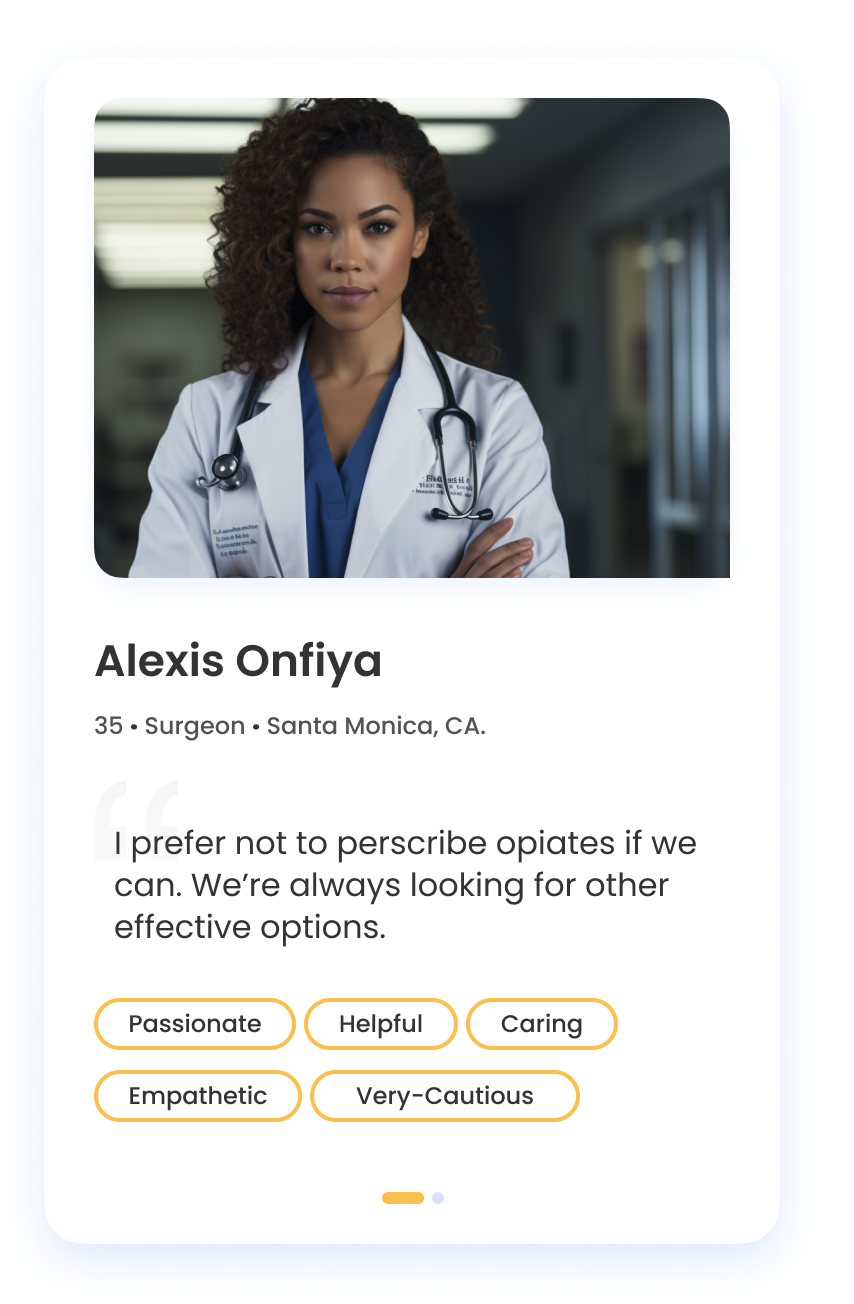
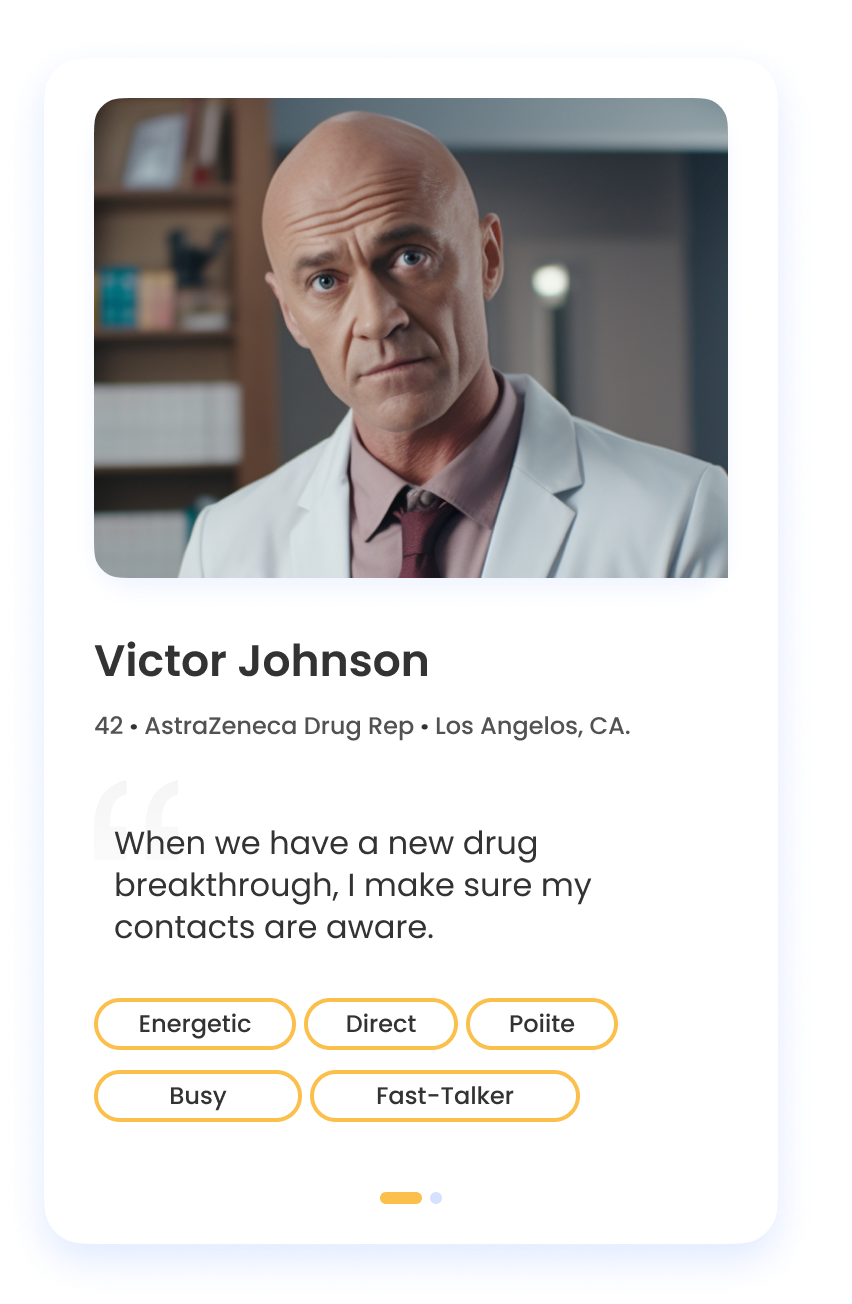
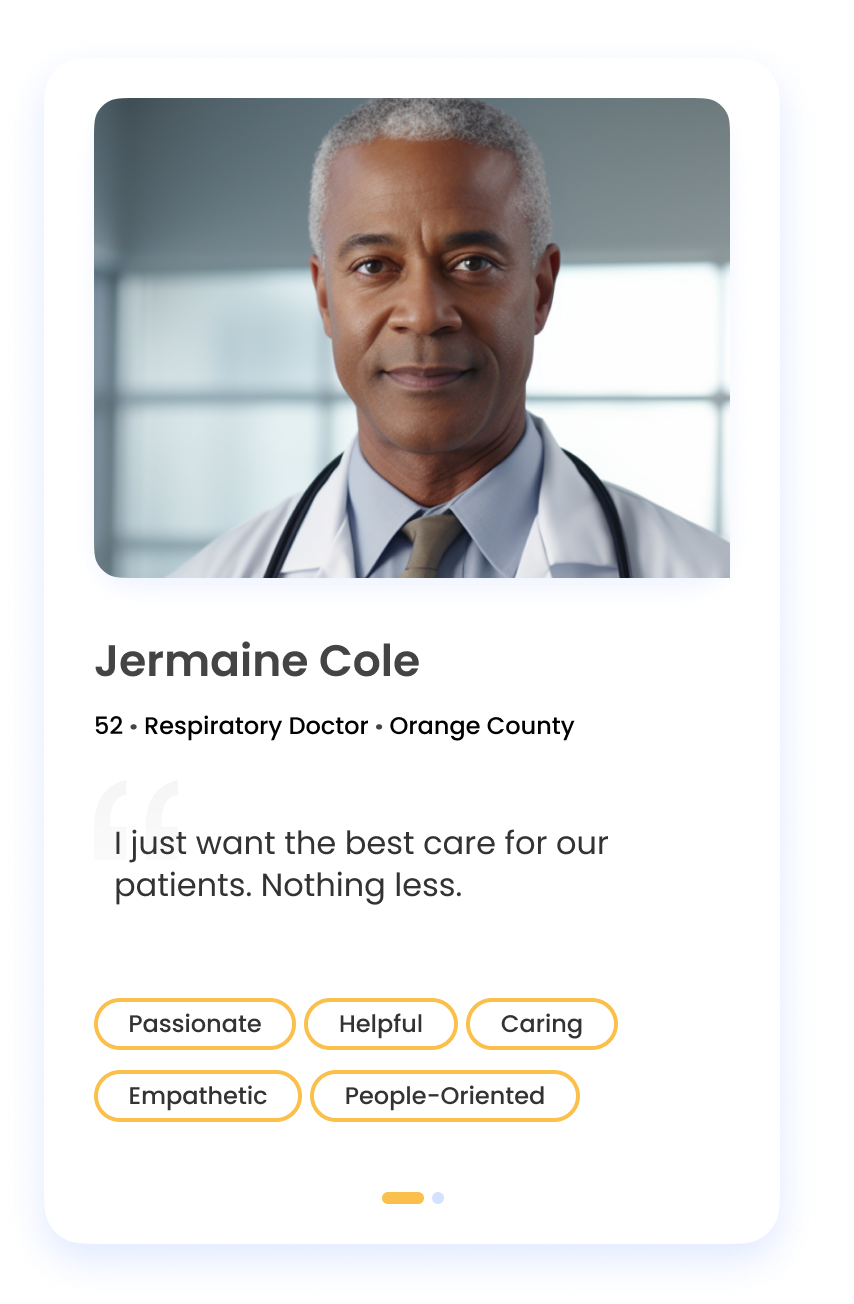
The Solution
Affiliation Widget Introduction
The inception of the Affiliation Widget, now known as the Influence Map, marked a significant stride towards addressing the identified challenges. The Influence Map was envisioned to be more than just a tool; it was to be a visual guide providing a clear picture of the affiliations and relationships within the healthcare network. By transforming complex data into an interactive, visual map, the Influence Map empowered users to quickly identify key contacts and influencers essential for their specific objectives. Whether it was a sales representative looking to connect with influential healthcare practitioners or a key account manager aiming to understand the affiliations of different healthcare organizations, the Influence Map provided a user-friendly interface to navigate the complex healthcare network.
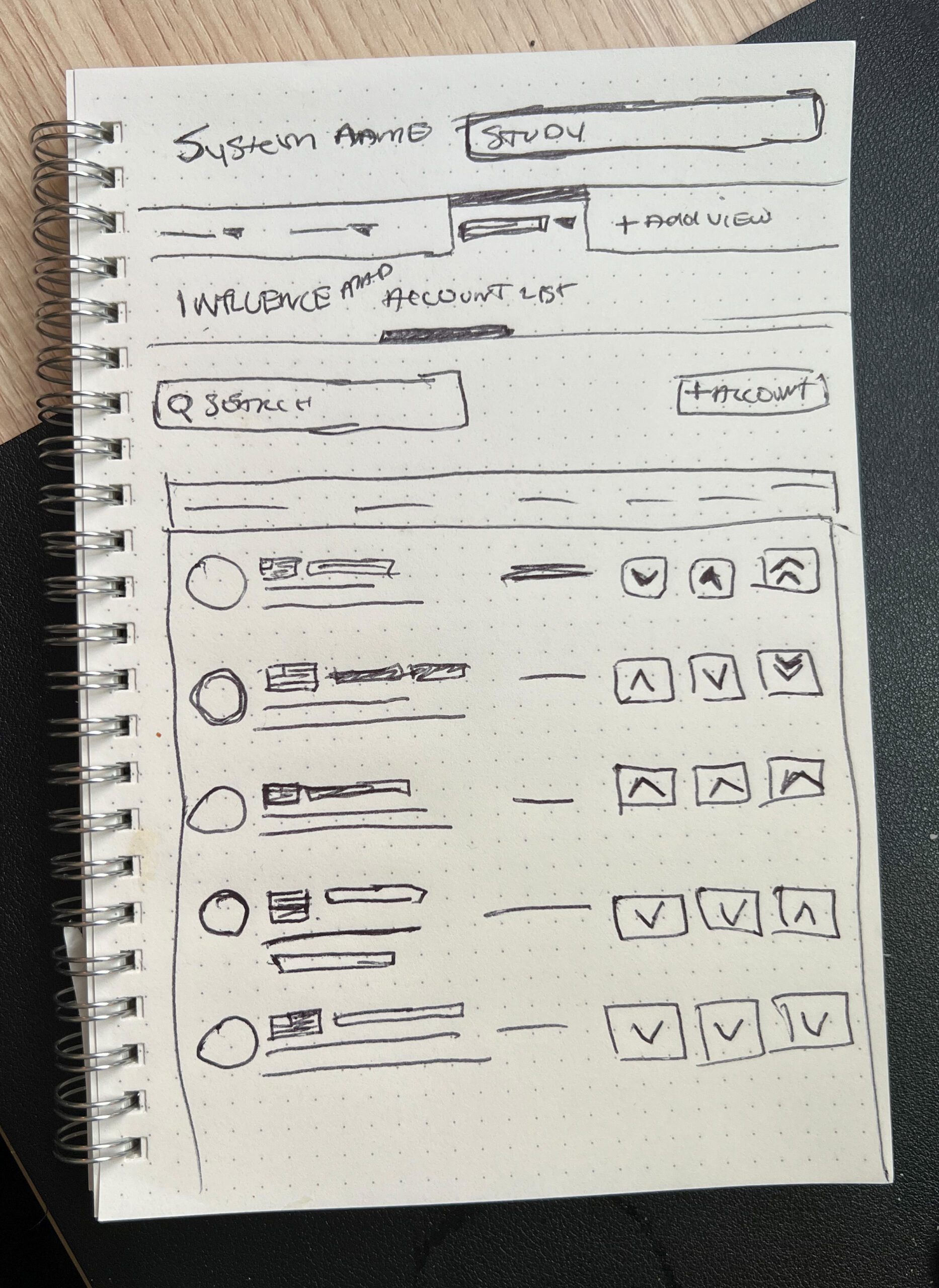
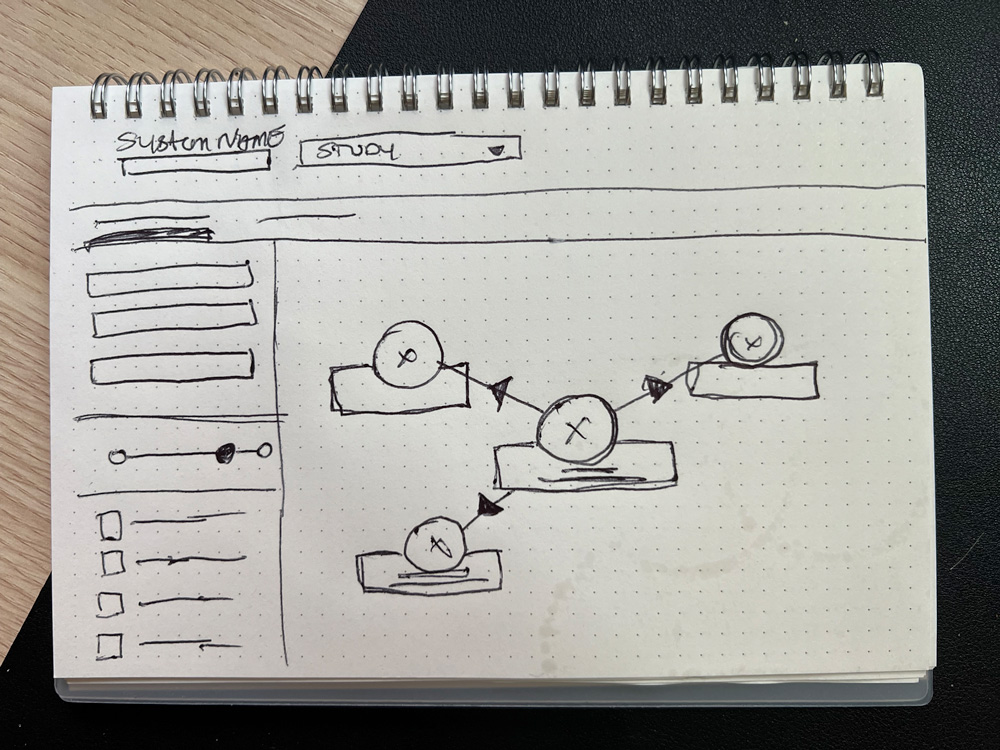
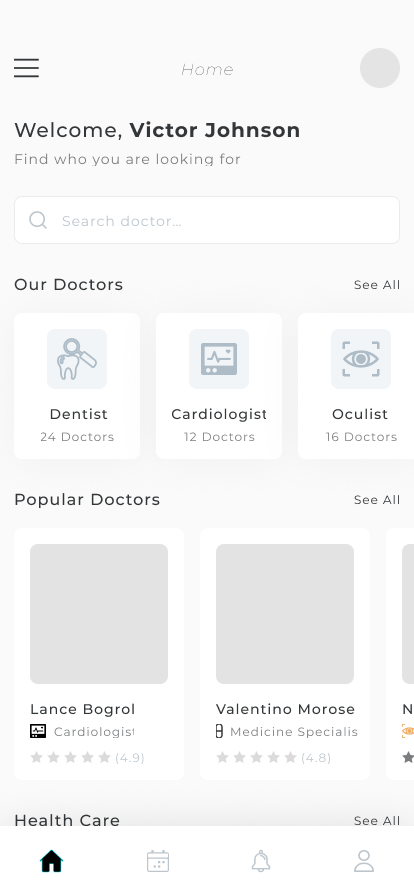
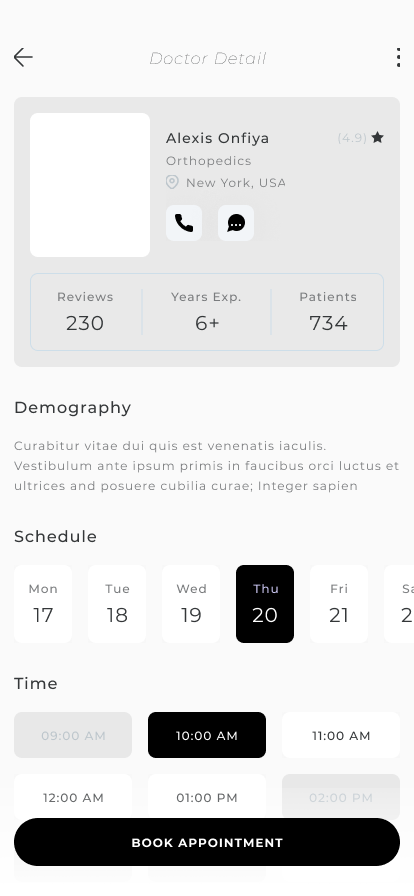
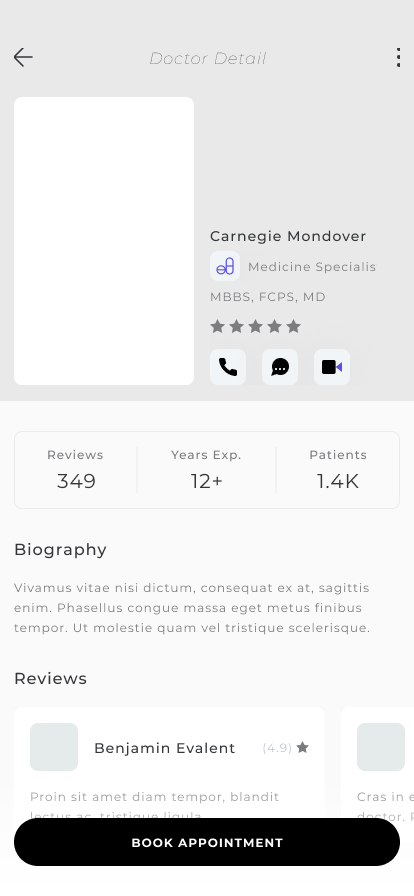
Customization
The power of the Influence Map lay not just in its ability to visualize affiliations but also in its adaptability to cater to diverse user needs. One notable aspect was the customization feature, which allowed users to tailor the Influence Map to their specific requirements.
For instance, consider a sales representative from a pharmaceutical company tasked with promoting a groundbreaking diabetes medication. The success of this initiative largely depended on reaching the top doctors specializing in diabetes care and the healthcare systems known for their excellence in diabetic treatment. The Influence Map proved to be an invaluable asset in this endeavor.

With the customization feature, the sales representative could fine-tune the Influence Map to highlight the top doctors and healthcare systems in the diabetic field. The representative could also leverage existing relationships within the healthcare network to connect with influential individuals through their affiliations. This feature enabled a targeted approach, saving time, and ensuring that the outreach efforts were directed towards the individuals and organizations that mattered the most in bringing the revolutionary diabetes medication to the market.
Moreover, the ability to target healthcare professionals with whom a good rapport already existed, and finding new influential contacts through existing affiliations, significantly enhanced the efficiency and effectiveness of the outreach initiative. The customization feature demonstrated how a user-centric design could significantly impact real-world scenarios, bringing value to both the users and the broader organizational goals.

Implementation
Relationship and Affiliation Creation
One of the cornerstones of the Influence Map’s effectiveness is its ability to accurately represent relationships and affiliations within the healthcare network. This was achieved by leveraging years of accumulated Veeva Data, a rich reservoir of information that served as the foundation upon which the Influence Map was built.

The data, collected and refined over the years, was harnessed to create a robust framework within the Influence Map, enabling users to visualize and understand the complex affiliations within the healthcare system. The meticulous process of data utilization ensured that the relationships and affiliations displayed on the Influence Map were accurate and meaningful, providing a reliable basis for users to make informed decisions and strategize their outreach efforts.

Bulk Editing and Account Management

Responding to this feedback, a bulk editing feature was designed, allowing users to select multiple accounts, copy them to new affiliation maps, assign attributes not present in the Veeva Network, and perform multiple actions on multiple accounts at once. This feature significantly streamlined the process of managing numerous accounts, making it a much less daunting task.


Furthermore, the design of the account management feature was driven by the goal of enhancing the user experience while ensuring the tool’s efficiency. Users could now manage multiple accounts with ease, adjusting affiliations and relationships as needed, all within a user-friendly interface.
The development of these features showcased a user feedback-driven design approach. Listening to and acting upon user feedback was instrumental in evolving the Influence Map into a tool that not only met but exceeded user expectations in managing complex affiliations and relationships within the healthcare network.
Evaluation
Usability Testing
A comprehensive usability testing phase was conducted to ensure that the Influence Map not only met the intended design goals but also resonated well with the end-users. The testing involved both end-users and their supervisors, providing a well-rounded perspective on the tool’s usability and effectiveness.
The methodology adopted for usability testing encompassed various activities, including one-on-one sessions where users interacted with the Influence Map, performing typical tasks they would encounter in their day-to-day operations. Feedback was collected on multiple aspects such as ease of use, relevance of information displayed, and the effectiveness of the customization features.
Key findings from the usability testing included the users’ desire for screenshot functionality, allowing them to capture and share visual representations of affiliations and relationships easily. Additionally, the need for enhanced customization features was highlighted, showcasing the diverse needs of different user groups and the importance of a user-centric design approach.
Impact Assessment
Post-implementation, the Influence Map has become an indispensable tool for thousands of users across the United States. Its user-friendly interface and robust visualization capabilities have significantly eased the process of identifying and connecting with key contacts and influencers within the healthcare network.
The Influence Map’s impact extends beyond individual users to the broader organizational and industry goals. By facilitating better decision-making and strategic outreach, the Influence Map has contributed to a more efficient and effective relationship management process within the healthcare system. The ability to visualize and understand complex affiliations has empowered users to strategize their outreach efforts better, ultimately contributing to the broader objective of promoting innovative healthcare solutions.
Moreover, the positive reception and widespread utilization of the Influence Map underscore its success in addressing the identified problems and enhancing the user experience. The feedback-driven design approach, coupled with a thorough usability testing phase, ensured that the Influence Map evolved into a tool that genuinely meets the needs of its users, making a tangible impact in navigating the complex healthcare network.
Lessons Learned & Future Recommendations
The journey of developing and refining the Influence Map underscored the invaluable lesson of embracing continuous improvement driven by user feedback. Every piece of feedback, whether from usability testing or direct user input, served as a catalyst for refining the tool to better meet the evolving needs of its users. The iterative process of gathering feedback, making improvements, and re-evaluating ensured that the Influence Map remained relevant and continued to provide value to its users.
Moreover, this journey highlighted the importance of a user-centric approach in developing solutions. Understanding the diverse needs and challenges faced by the users was fundamental in shaping a tool that genuinely addresses the identified problems.
Enhanced Customization
Exploring avenues to offer more granular customization options, allowing users to tailor the Influence Map to their specific needs further.
Improved Collaboration Features
This involved understanding the goals users wanted to achieve and the tasks they would perform using the proposed solution. It helped in aligning the tool’s features with user goals.
Integration with Other Data Sources
Leveraging additional data sources to enrich the information available on the Influence Map, providing a more holistic view of affiliations and relationships within the healthcare network.
Conclusion
The journey from identifying a complex challenge within the healthcare sector to crafting the Influence Map is a narrative of problem-solving, collaboration, and user-centric design. Initially faced with a daunting task, various stakeholders needed a tool to navigate through a dense network of healthcare professionals and organizations. The Influence Map emerged as a beacon, simplifying this process significantly by transforming intricate data into a visually intuitive, interactive map.
The development wasn’t a solitary endeavour but a collaborative effort. Engagements with key customers, meticulous research, iterative design, and rigorous testing were instrumental in shaping a tool that resonates with the users’ needs. Feedback from users was a catalyst for continuous improvement, ensuring the Influence Map evolved to meet the changing needs of its audience, illustrating the power of a user-centric approach in creating impactful solutions.
Now a robust tool utilized by thousands across the United States, the Influence Map aids in better decision-making and effective relationship management within the healthcare ecosystem. It stands as a testament to the potential of collaborative, user-centered design in addressing complex challenges, setting a positive precedent for future projects aimed at enhancing operational efficiency within the healthcare sector and beyond.






